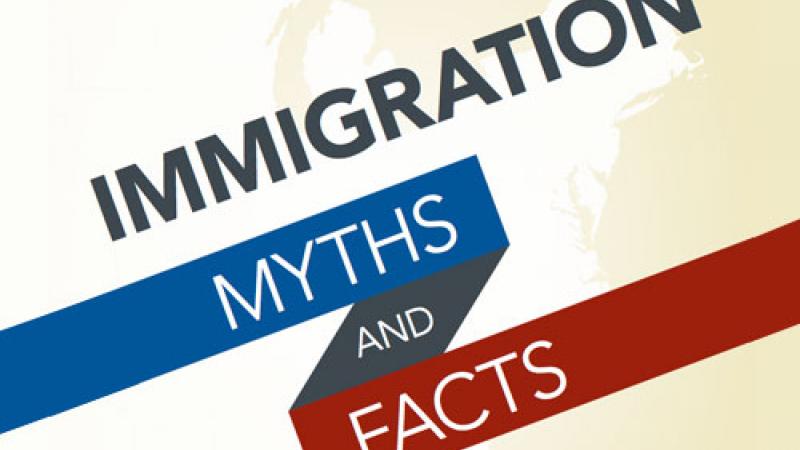
The United States has been shaping the immigration process by using successive waves of immigration from the appearance of the first colonists through the present day. Immigration has wide-ranging effects on society and culture, and its economic results are no much less substantial. By changing populace degrees and populace growth, immigration augments both supply and demand inside the economy. Immigrants are much more likely to work (and to be working-age); they also tend to keep extraordinary occupations and educational stages than natives. By the second generation (the native-born kids of immigrants), even though, the monetary outcomes of immigrant communities showcase hanging convergence toward those of native groups.
Some of these records regarding the running phenomenon of an immigration technique are in the section below:
Fact 1: The foreign-born percentage of the U.S. population has lower back to its late-nineteenth-century level.
Immigrants have constantly been a part of the American story, even though immigration has waxed and waned over time. Immigration throughout the second one half of the 19th century lifted the foreign-born share of the population to 14 percentage. Starting inside the 1910s, however, immigration to America fell precipitously, and the foreign-born percentage of the populace has reached an ancient low of 4.7 percent in 1970.
Fact 2: The growing foreign-born share has driven them both immigration flows and the occasional fertility of native-born individuals.
Though the foreign-born fraction has risen to its late-nineteenth-century ranges, the internet migration rate is just 1/2 the extent that prevailed round 1900 (Blau and Mackie 2017). With declining native-born population increase in the latest years, even a dwindled level of net migration has been enough to elevate the foreign-born fraction.
Fact 3: About three-quarters of the foreign-born populace are naturalized citizens or authorized residents. There are many ways wherein immigrants come to the US and participate in this country’s monetary and social life. As of 2014 many inside the foreign-born populace had completed U.S. Citizenship (43.6 percentage), while others had legal permanent resident status (26.9 percentage), and still, others have been temporary citizens with authorization to stay within the country (4.0 percent). The ultimate 25.5 percent of foreign-born citizens have predicted itself as unauthorized immigrants and has proven in discern 3. This is down from a predicted 28 percent in 2009.
